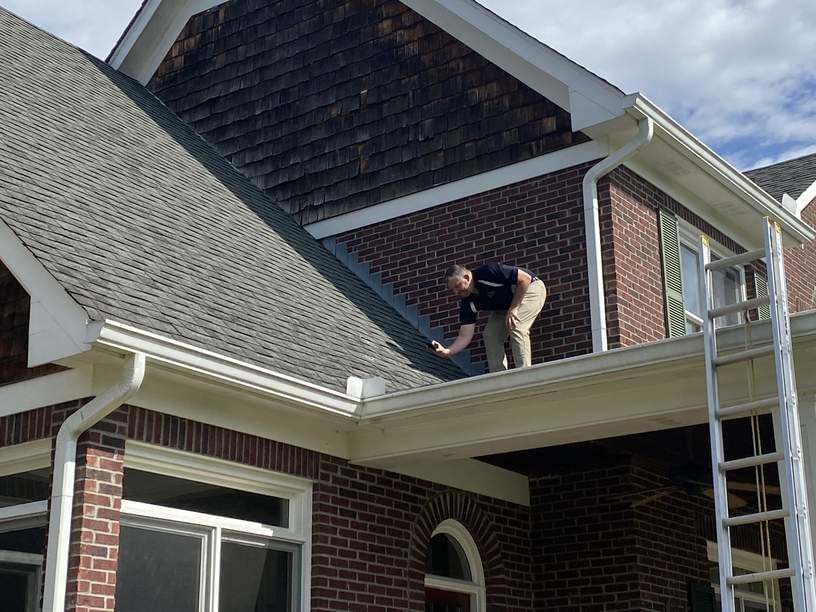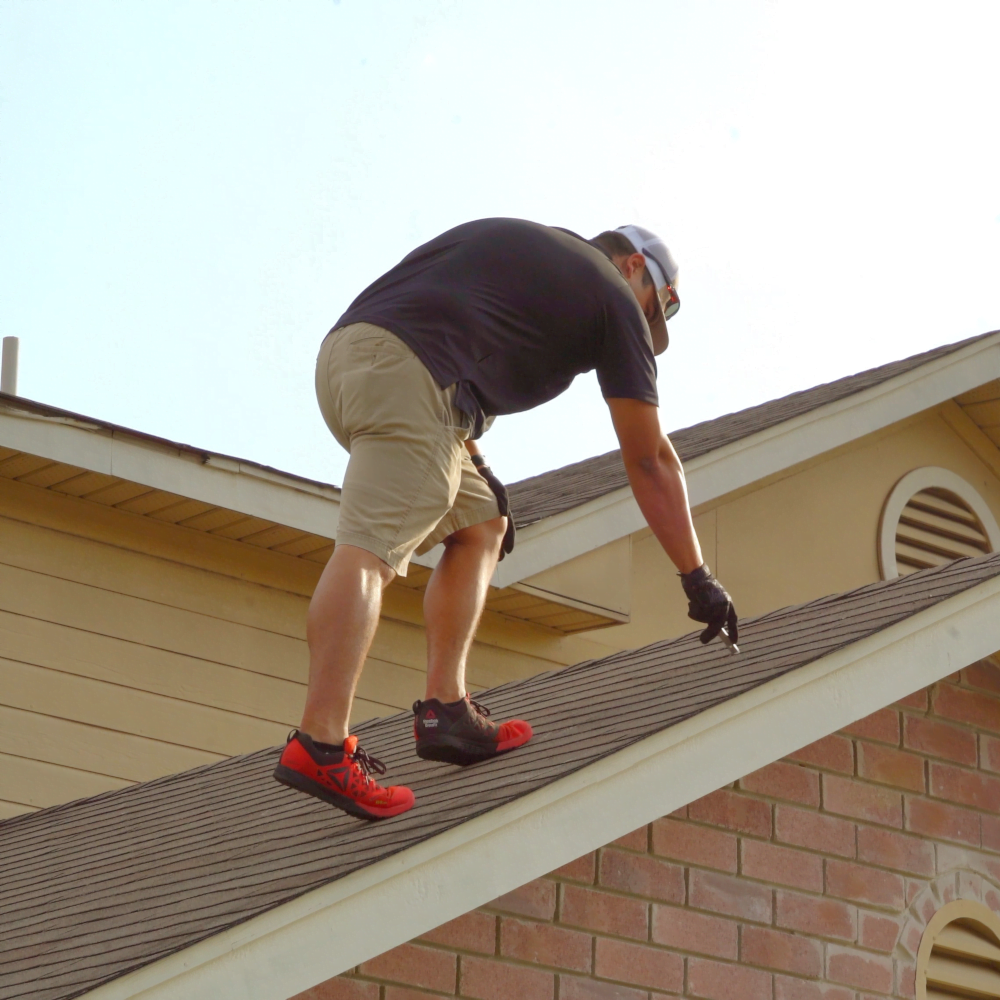How to Identify Hail Damage Roof Inspection to Prevent Costly Repairs
The Important Overview to Roof Covering Inspection: Protecting Your Home Against Common Damage
Normal roofing system inspections are an essential element of home upkeep that can avoid small problems from escalating right into significant issues. As we explore the typical signs of roofing damage and efficient upkeep methods, it becomes obvious that a proactive technique is essential for securing your investment.
Value of Normal Roofing System Examinations
Normal roofing system inspections are crucial for keeping the honesty of a building's structure. These examinations serve as a positive action to identify prospective problems prior to they escalate into expensive repair services or significant damage. By performing regular evaluations, homeowner can guarantee that their roofings continue to be in optimum condition, consequently extending their life-span.
Throughout these examinations, various elements are evaluated, consisting of the condition of shingles, flashing, and drain systems. Furthermore, the existence of moss, algae, or debris can be discovered, enabling for prompt removal. Attending to small worries early can stop a lot more substantial issues, such as leakages or architectural deterioration, which might endanger the safety and security of the structure.
Additionally, routine roofing system evaluations add to energy efficiency. A well-maintained roof covering decreases warm loss during colder months and lowers the pressure on heating and cooling systems. This, in turn, can bring about lower utility costs and a minimized carbon footprint.
Usual Indications of Roofing System Damage
Determining typical signs of roof damages is vital for property owners to maintain the security and longevity of their property. Among the most noticeable signs is the presence of missing out on, broken, or crinkled shingles. These problems can compromise the roof covering's honesty, causing leakages and additional deterioration. Furthermore, granule loss, often noticeable in gutters or on the ground, signals that roof shingles are maturing and losing their safety capabilities.
One more important indicator is water discolorations on ceilings or walls inside the home, which often suggest leakages stemming from the roof covering. Property owners need to also examine for mold or mold development, as these can grow in damp conditions brought on by roof covering leaks.
Flashing around chimneys and vents must be examined for corrosion or damages, as damaged blinking can allow water to penetrate the roofing framework. Lastly, drooping locations on the roofing surface area might recommend architectural problems, necessitating prompt focus. By identifying these indicators early, home owners can take aggressive actions to resolve roof covering damages, eventually securing their home from expensive repair services and making sure a resilient roof system.
Seasonal Roof Upkeep Tips
Identifying the indications of roofing damage is simply the initial step in guaranteeing the longevity of your roofing system; recurring maintenance is similarly essential. Seasonal roof upkeep is important to not only expand the life of your roofing but additionally to avoid expensive repairs down the line.
Throughout spring, inspect your roof covering for any type of signs of winter months damages, such as cracked tiles or displaced flashing. Tidy rain gutters and downspouts to ensure appropriate drainage. In summer season, check for moss or algae development, and think about using a protective sealer to stop dampness accumulation.
As fall approaches, get rid of leaves and particles from your roof and rain gutters. This will certainly assist decrease the risk of water merging and possible leaks. It's additionally a great time to take a look at the roof covering for any type of indicators of wear, such as loose roof shingles or rusted blinking.
DIY Roofing System Assessment List
A detailed do it yourself roof covering inspection checklist is essential for property owners wanting to keep the honesty of their roof. Begin by analyzing the roofing surface for any type of visible signs of damage, such as missing out on, fractured, or crinkling shingles - Roof Inspection Austin. Pay attention to locations around vents, chimneys, and skylights, as these are common leak points

Relocating to the interior, evaluate the attic for indications of water breach, such as stains or mold development. Make certain appropriate air flow to stop wetness buildup, which can cause deterioration.
When to Hire an Expert,##.
While numerous homeowners can conduct fundamental roofing inspections, certain situations call for the expertise of a professional. If you discover considerable damages, such as big visit our website missing out on tiles, noticeable sagging, or water discolorations on the ceiling, it is crucial to speak with a qualified professional roofer. These problems might show underlying architectural troubles that call for prompt focus.
In addition, if your roof covering is nearing completion of its anticipated life expectancy-- usually 20 to 25 years for asphalt roof shingles-- it is smart to have a professional examination. Experienced inspectors can assess the roof's problem and give enlightened suggestions on repair work or replacement.
Extreme climate occasions, such as hailstorms or hefty winds, likewise demand specialist examination. If left untreated, also minor damages can lead to substantial problems. Additionally, if you're taking into consideration selling a property or acquiring, more an expert inspection can discover possible problems that may impact the transaction.
Verdict
Routine roof covering assessments are crucial for maintaining the stability of household structures. Positive analyses enable the early recognition of potential problems, therefore avoiding expensive repair services and ensuring energy performance. By sticking to seasonal upkeep tips and using a detailed DIY checklist, house owners can properly check their roofs. why not look here The proficiency of an expert ought to not be ignored, especially when considerable damage is thought. Prioritizing roofing system evaluations eventually contributes to a safe and safe and secure living setting.

During spring, examine your roofing system for any type of indications of winter months damages, such as cracked shingles or displaced flashing. Begin by examining the roofing system surface for any type of visible signs of damage, such as missing, broken, or curling shingles.